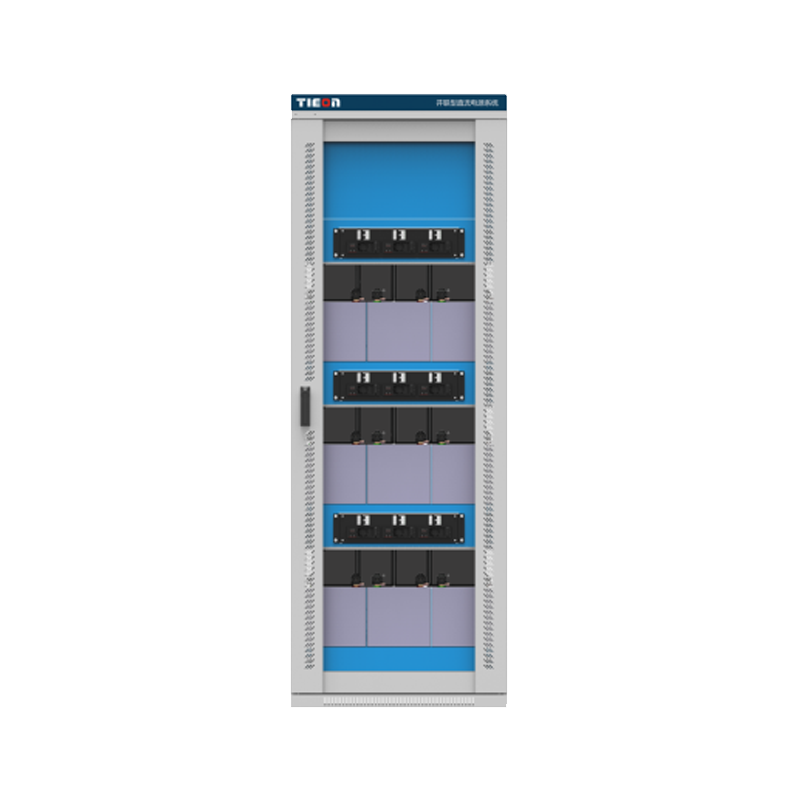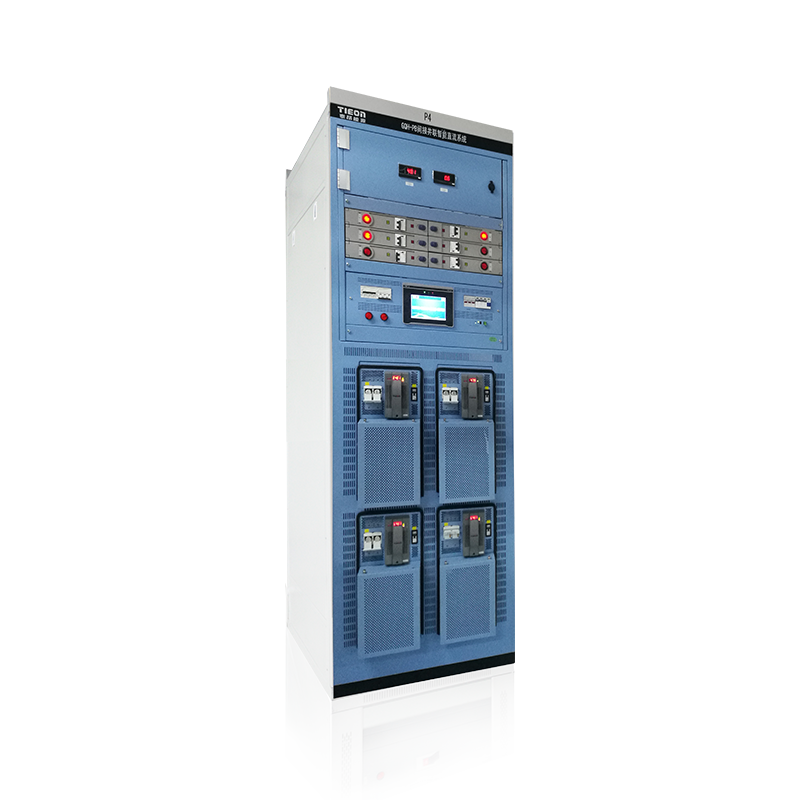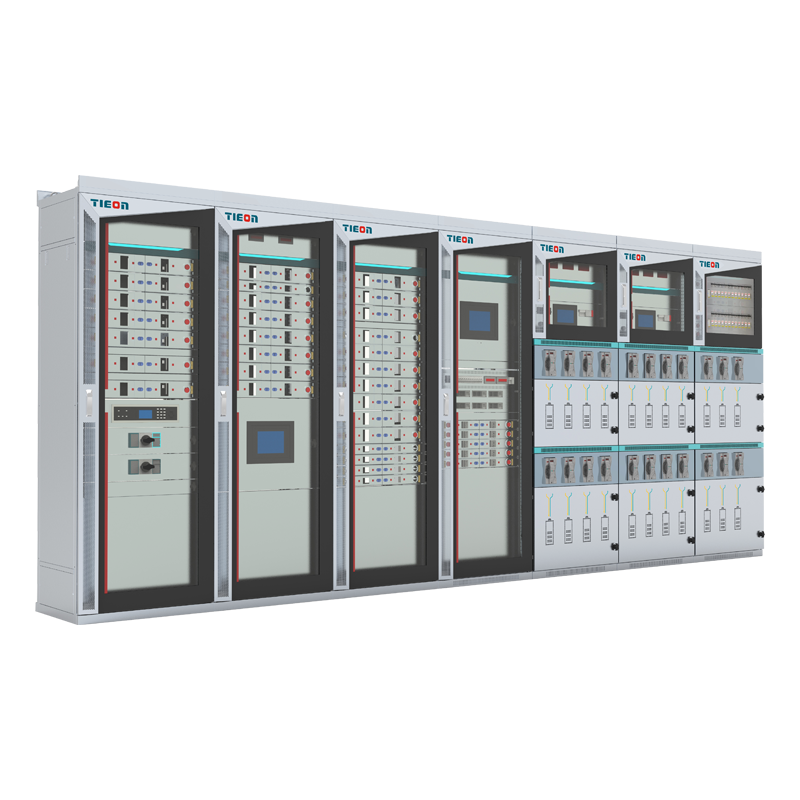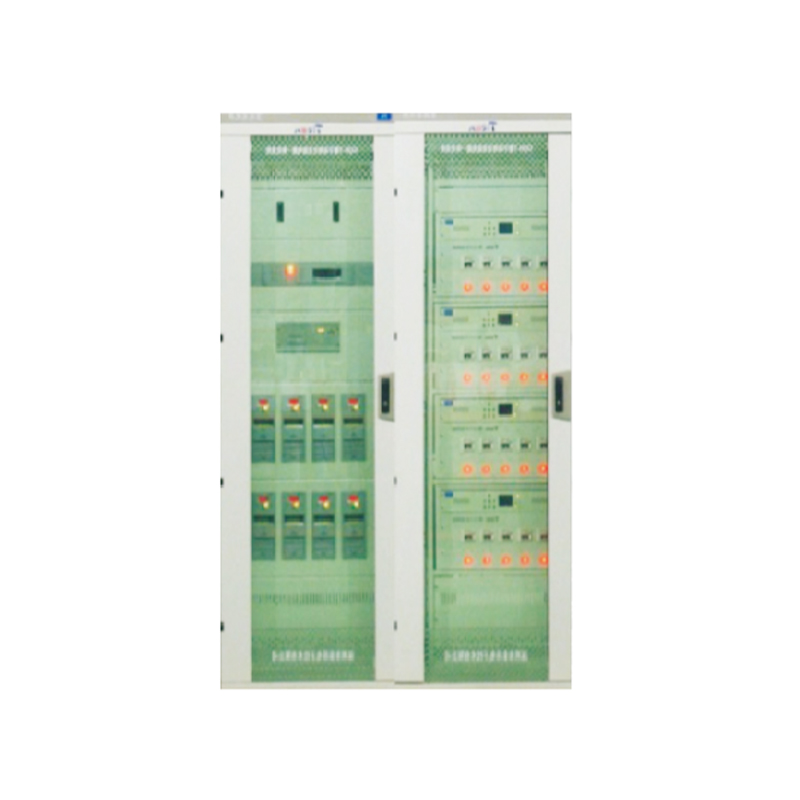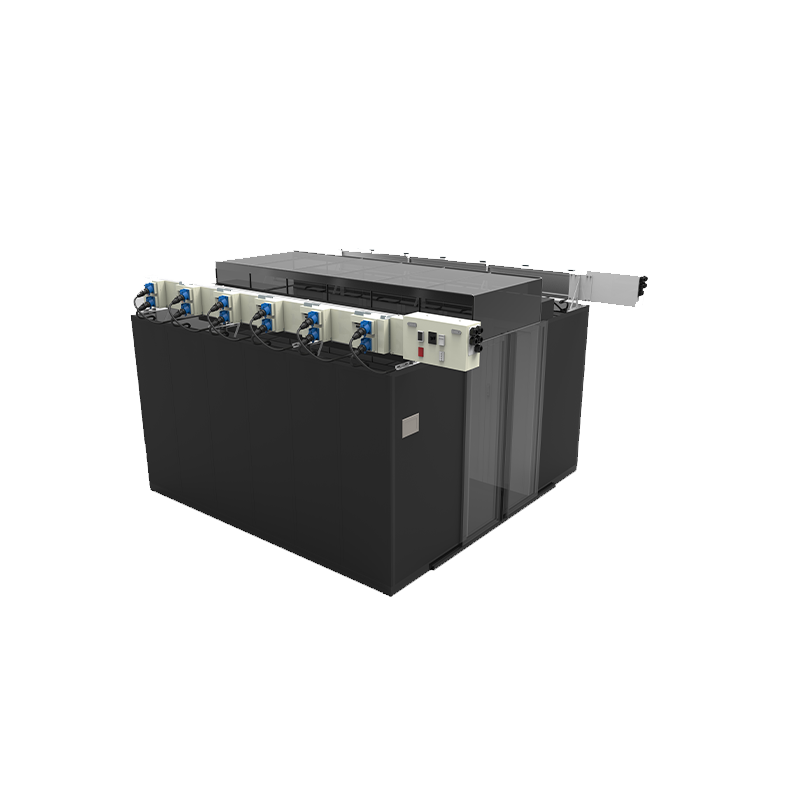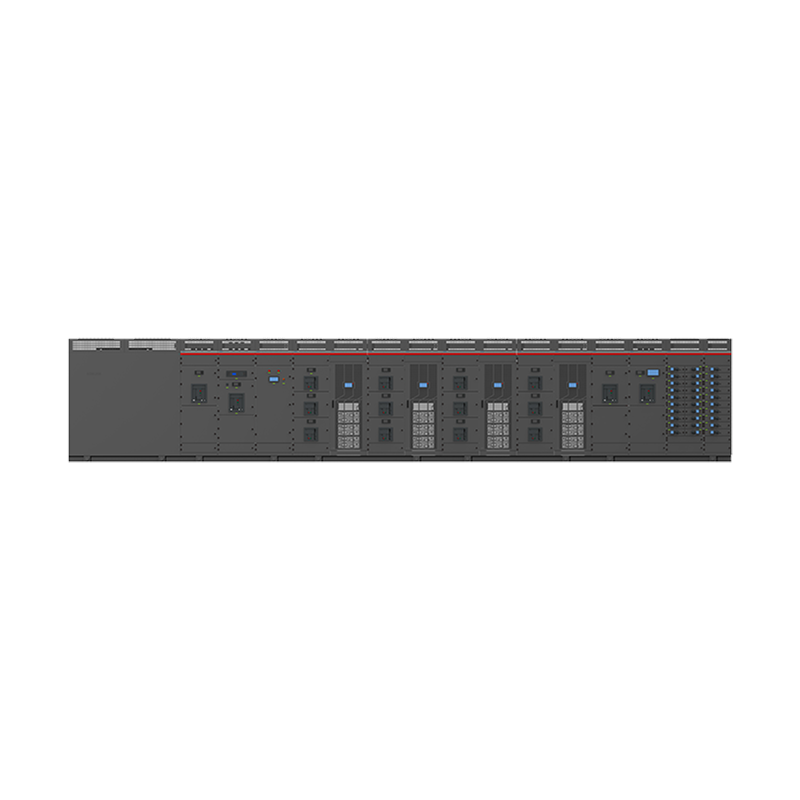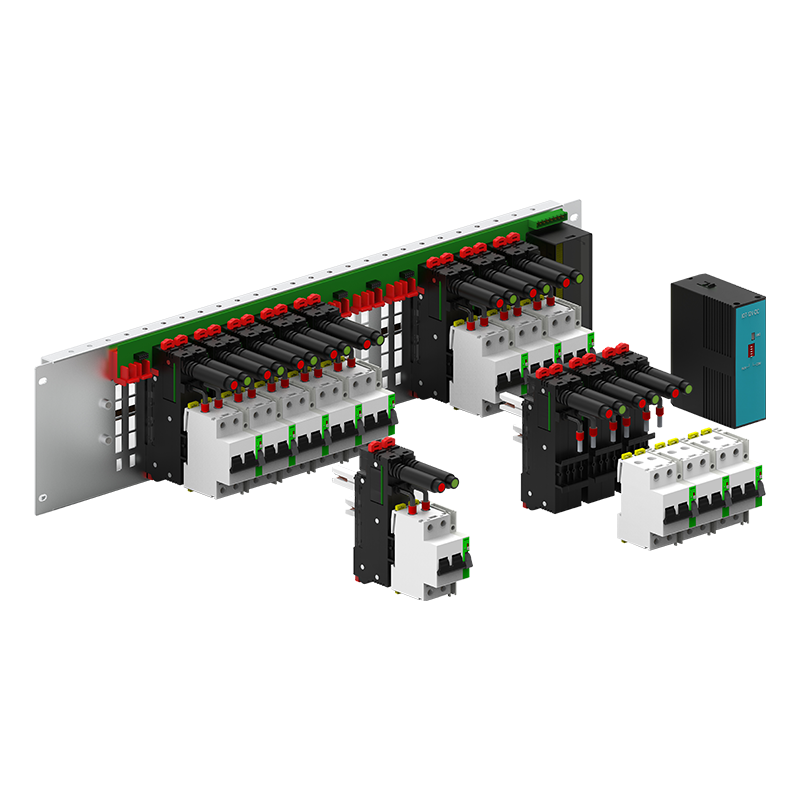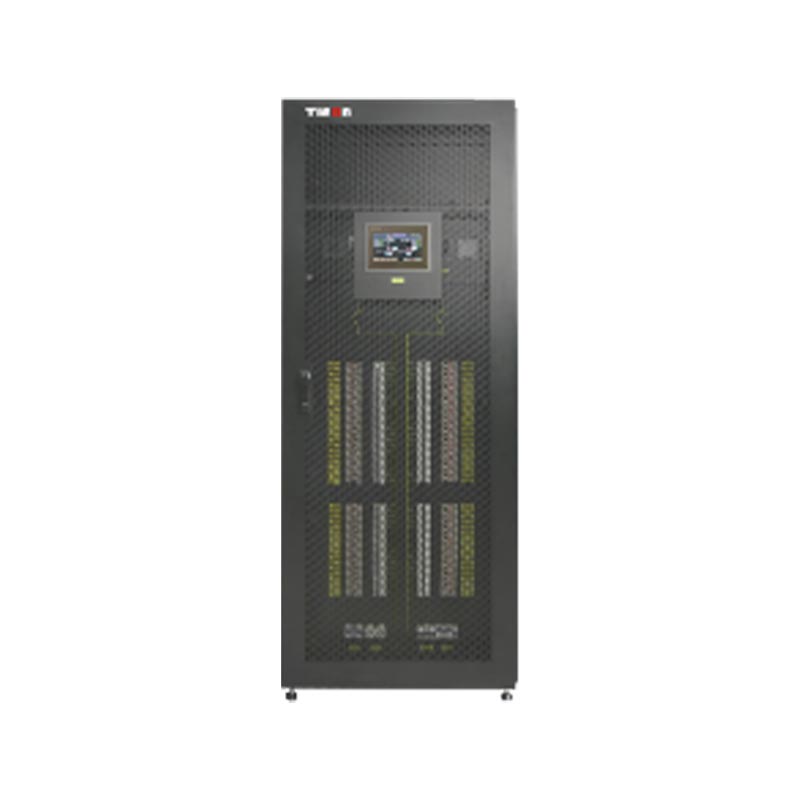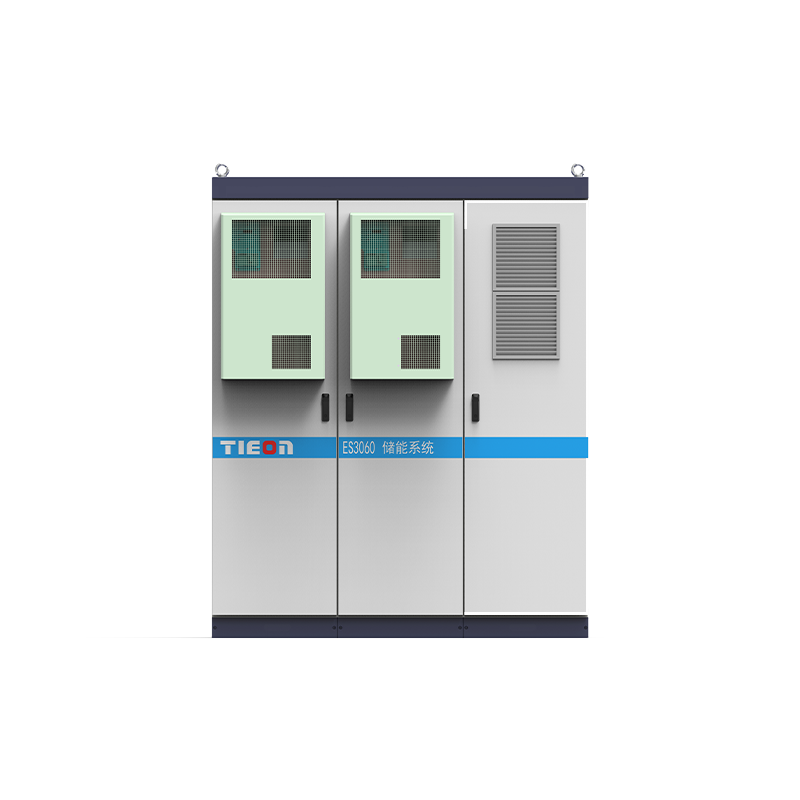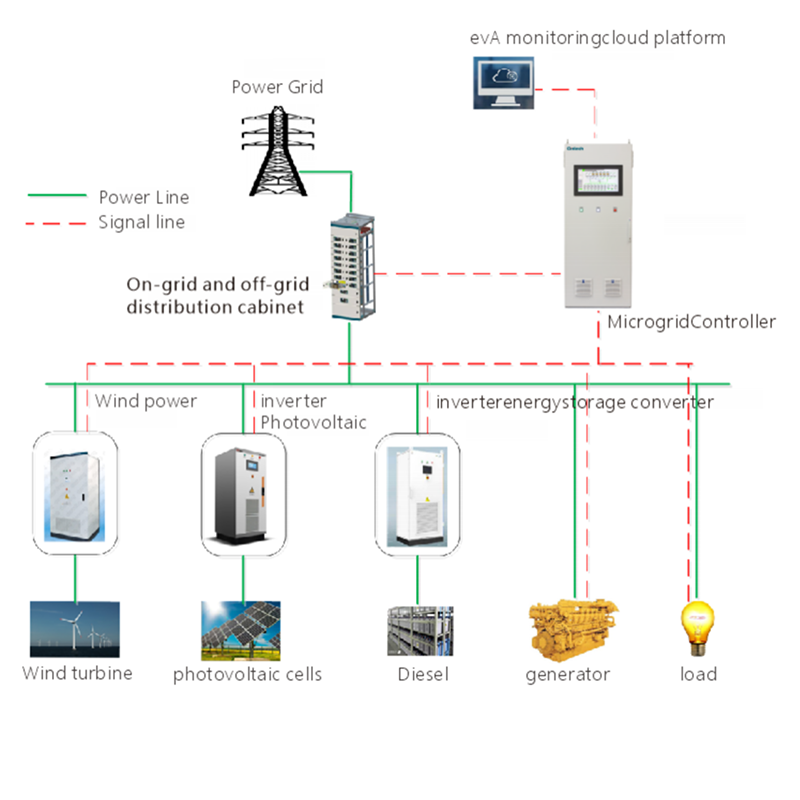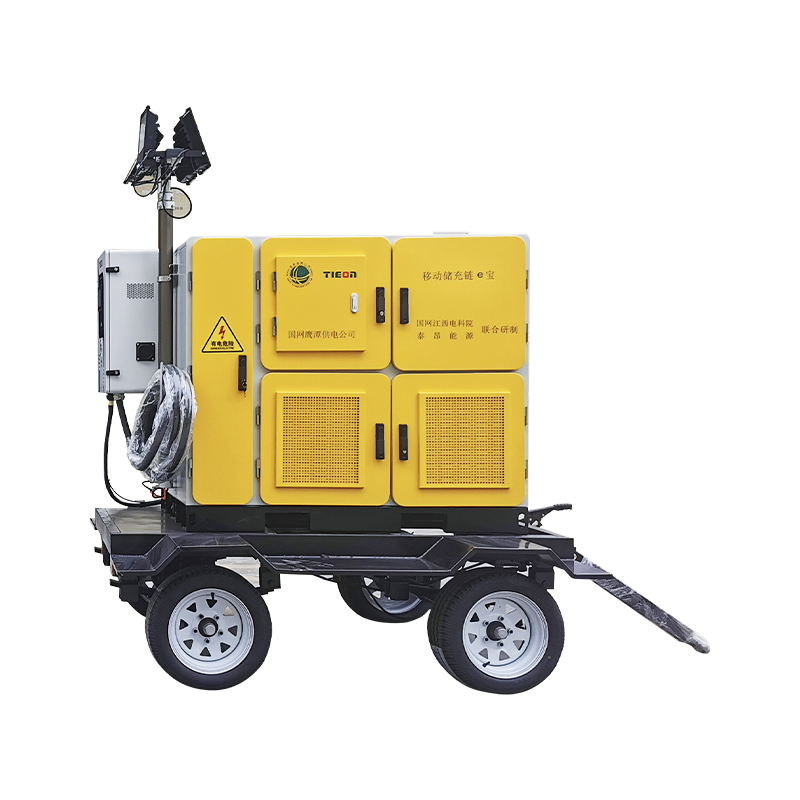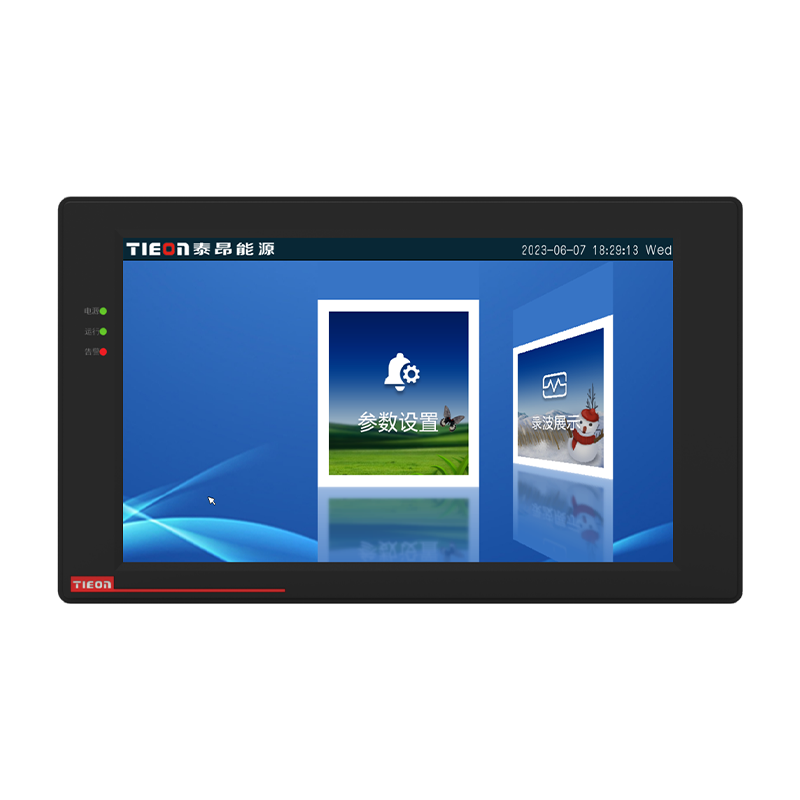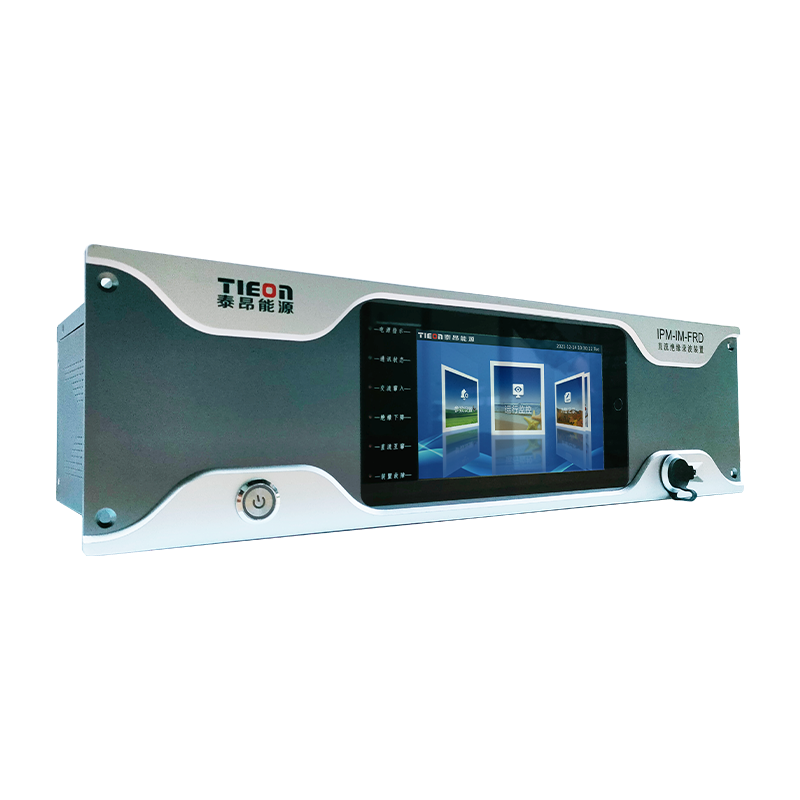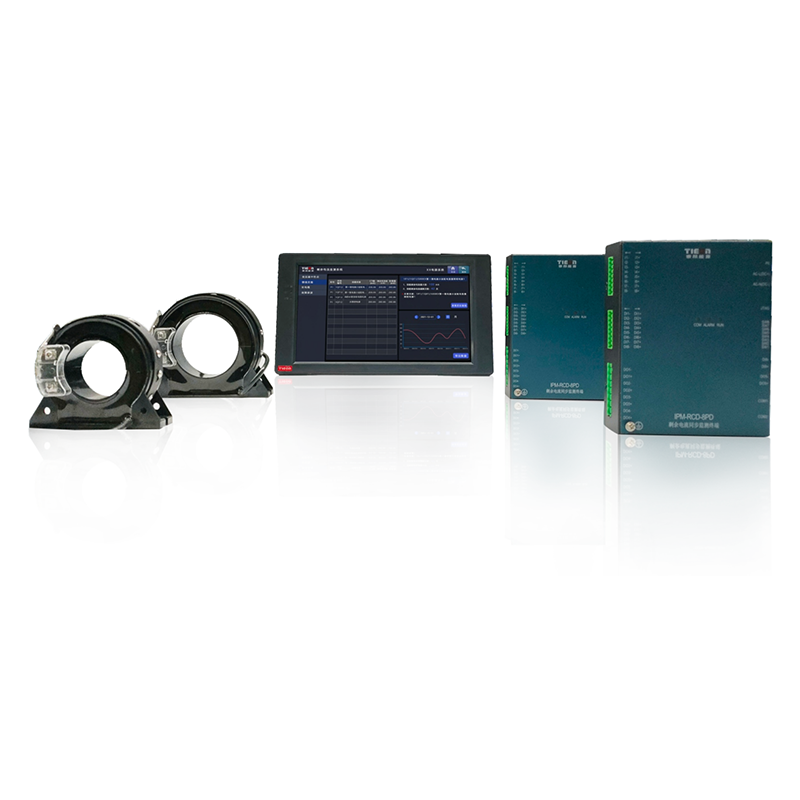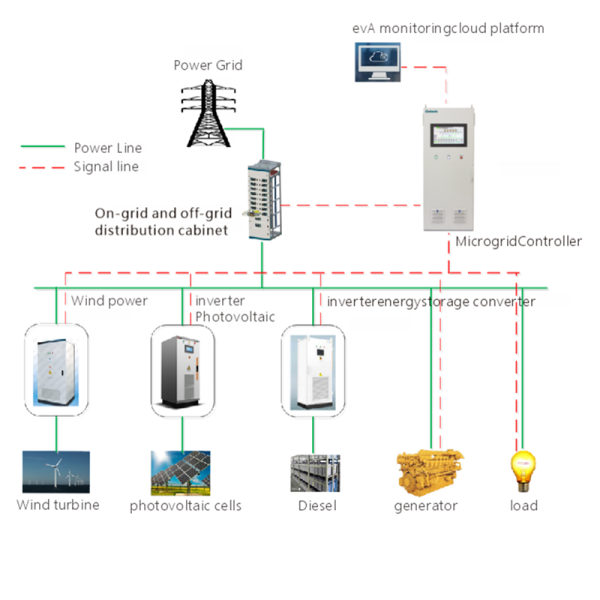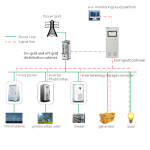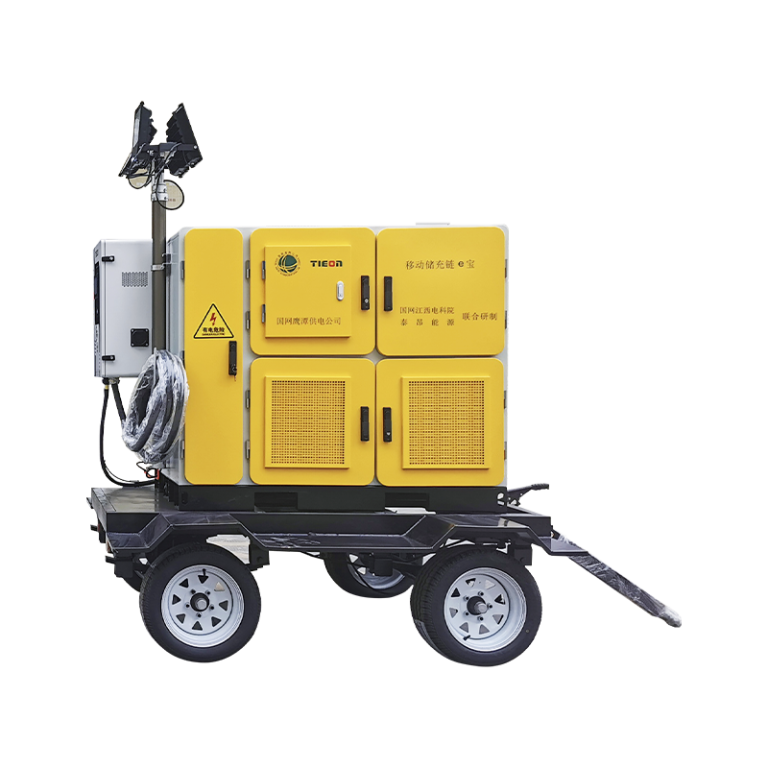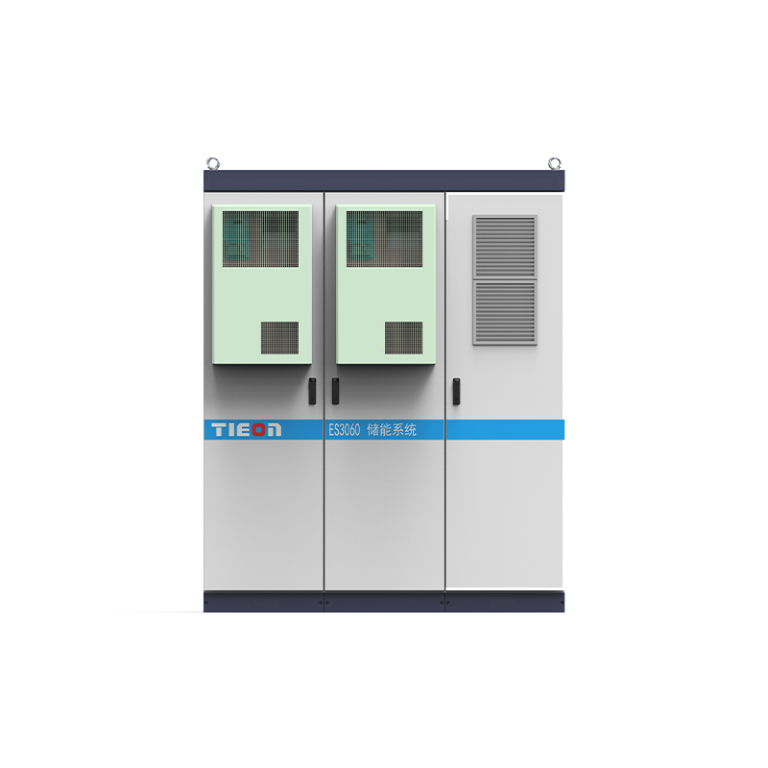Microgrid
Microgrid system consists of energy storage batteries, energy storage inverters, off-grid distribution, and distributed energy sources (wind, solar, diesel, hydro), etc. It can operate both connected to the main grid and independently off-grid. It serves as an effective complement to the existing grid and is a crucial component in the energy network architecture.
It is suitable for applications in industrial plants, areas without electricity, remote mountainous regions, and areas with weak power supply. Constructing adaptable microgrids that can operate both connected to and disconnected from the main grid can enhance power supply reliability while saving on grid investment costs.
Share to:
Microgrid can operate interconnected with the main grid or independently.
- Interconnected operation: When the main grid is operational, the microgrid
integrates with it. Loads and battery charging prioritize using surplus solar and wind (hydro) power for grid export. The microgrid can perform peak shaving, load leveling, and other functions to stabilize transformer demand.
- Islanded operation: When there is a grid outage, the microgrid automatically
disconnects from the main grid and operates independently. Power is supplied to loads from batteries, supplemented by solar and wind power. If electrical demand exceeds supply, diesel generators or hydroelectric generators provide additional power.
- Transition from islanded to interconnected operation: Microgrid system reconnects
and operates automatically with the main grid when the main grid is restored.
Microgrid can address power supply issues in areas without electricity, improving line supply reliability.
Peak Load Shifting
PV Consumption
Overload management
Backup Power Supply
| Battery parameters | |
| Battery rated capacity | 100-2000kW h |
| BMS communication interface | RS485,Ethernet ,CAN |
| BMS Communication Protocol | Modbus RTU,Modbus TCP, CANB2.0 |
| AC side parameters | |
| AC side rated power | 100-2000kV A |
| AC current distortion rate | <3%(at rated power) |
| DC component | <0.5%(at rated power) |
| Rated voltage on AC side | 400V/10kV |
| Power Factor | >0.99(at rated power) |
| Power factor adjustable range | 1 (leading) ~ 1 (lagging) |
| Rated grid frequency | 50Hz/60Hz |
| Grid frequency range | ±2.5 Hz |
| System parameters | |
| Protection level | IP54 |
| Operating temperature range
Operating humidity range |
-20~+50℃
0~95%(no condensation) |
| Maximum operating altitude | 3000m (derating for distances above 2000m) |
| Battery temperature control method | Industrial temperature control air conditioner |
| Fire Fighting System | Heptafluoropropane fire fighting system |
| Container | 20\30\40 feet |
| System communication interface | RS485, Ethernet |
| System communication protocol | Standard: Modbus RTU, Modbus TCP Optional: IEC61850, IEC104 |
| Other energy parameters | |
| Photovoltaic | PV |
| Wind power | wind power |
| Chai Fa | Diesel generators |
| Hydropower | Small hydropower in mountainous areas |

